2024 April 6
Ian Cooper sends photographs of a velvet mite and a globose springtail:
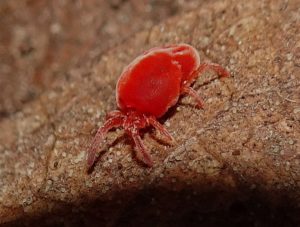 Velvet Mite (Acari: Trombidiidae) Ian Cooper
Velvet Mite (Acari: Trombidiidae) Ian Cooper
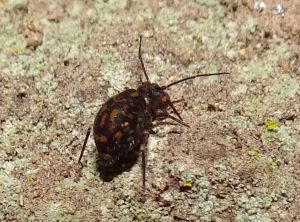 Globose springtail, Ptenothrix sp. (Coll.: Dicyrtomidae) Ian Cooper
Globose springtail, Ptenothrix sp. (Coll.: Dicyrtomidae) Ian Cooper
Jeremy Tatum writes:
On January 4, I made some preliminary remarks about the Annotated Taxonomic Checklist (ATC) of the Lepidoptera of North America North of Mexico edited by Gregory Pohl and Stephen Nanz. I have now had time to go through the butterflies as our local species are affected by the ATC. I shall be following the ATC when I prepare the 2024 Butterfly Report (in January 2025).
English names of our butterflies are not affected by the ATC, except that the Western and Brown Elfins are now lumped, so we should now call them all Brown Elfins. I also suggest below that we should call our Coenonympha the California Ringlet.
There are several changes in sequence, which I shall not list here, but the new sequence will become apparent when I produce the 2024 butterfly report.
The following are the changes in the scientific names of butterflies that I have detected in the ATC. (I have not tackled the moths.)
The Hesperiidae (formerly included in a now no longer used Superfamily Hesperioidea) are now included in the Superfamily Papilioidea. What this means when re-written in English with the long words removed, is that you can now happily call the skippers butterflies.
Th Arctic Skipper is no longer considered to be the same species as the European Chequered Skipper C. palaemon. It is now either C. mandan or C. skada. It is not yet clear which of these two names apply to the Vancouver Island butterflies. Arctic Skipper is not a particularly good name, since it is by no means even approximately restricted to the Arctic.
The Common and Western Branded Skippers are treated as separate species in the ATC, and I shall (admittedly with some reluctance) be following that here. The Common Branded Skipper (known as the Silver-spotted Skipper in the UK) is Hesperia comma. This species may occur on Vancouver Island, but the colony on Cordova Spit is believed to be the Western Branded Skipper Hesperia colorado.
The tiger swallowtails are no longer in Papilio, but are now in Pterourus. This not a new-fangled name. It is the genus they used to belong to before they were (inexplicably) lumped with other quite different butterflies in Papilio.
The Purplish Copper is now Tharsalea helloides.
Mitoura and Incisalia are now subgenera of the enlarged genus Callophrys.
Thus, we now have:
Cedar Hairstreak: Callophrys (Mitoura) gryneus. Formerly Mitoura rosneri.
Western Pine Elfin: Callophrys (Incisalia) eryphon. Formerly Incisalia eryphon.
Moss’s Elfin: Callophrys (Incsialia) mossii. Formerly Incisaloa mossii.
Brown Elfin: Callophrys (Incisalia) augustinus. Formerly Incisalia iroides.
The name augustinus is not a new-fangled name. It is merely returning the Brown Elfin to its former species name before it suffered from lot of unnecessary “splitting”.
The small and large fritillaries are now in the Subfamily Heliconiinae. (Surprising?)
The larger fritillaries (Zerene, Hydaspe) are now in the genus Argynnis, with Speyeria being regarded as a subgenus. This now agrees with European practice.
The “Ringlet” has long caused nomenclatural problems, and such problems are doubtless not yet over. The ATC lists four species of Coenonympha, two of which do not concern us. The remainder consists of a huge Holarctic assemblage of numerous forms and populations referred to as the “tullia complex”. The ATC treats this complex as consisting of just two species – Coenonympha tullia and C. california. The former has three named subspecies. The latter has numerous subspecies and synonyms. (A rough quick count came to about 30.) The ATC does not specifically indicate to which species our Vancouver Island population belongs, but I think it is intended that our butterflies are C. california, and, if Invertebrate Alert is to follow ATC usage, this is the name that we should henceforth use.
The ATC does not deal with English names, so we are left with the question as to what English name we should use. “Ringlet” is not ideal, since that name is used in the UK for a quite different species. I have sometimes suggested that we should use the UK name “Large Heath” – but that won’t do, for Large Heath is C. tullia, and our butterfly is no longer tullia. We might use “Ringlet” with an adjective in front of it. The problem then is – what adjective? I suppose the obvious solution is to call our butterfly the California Ringlet.
Generally, the use of special English names for subspecies is to be discouraged – but if we do use an English name for a subspecies, we might follow what the birdwatchers do, and use parentheses and quotation marks, as in Yellow-rumped (“Myrtle”) Warbler. The English name for our western yellow-throated population of this bird has problems of its own, for it is Incorrect. I suppose the day will come when Lorquin’s Admiral and Milbert’s Tortoiseshell will also suffer from Incorrectness.

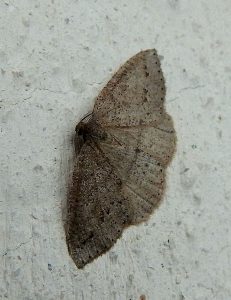 Drepanulatrix monicaria/secundaria (Lep.: Geometridae) Val George
Drepanulatrix monicaria/secundaria (Lep.: Geometridae) Val George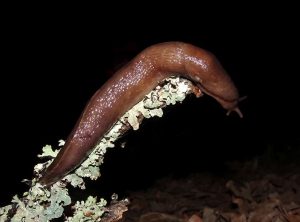 Limax maximus (Pul.: Limacidae) Ian Cooper
Limax maximus (Pul.: Limacidae) Ian Cooper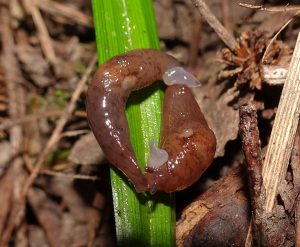 Deroceras invadens (Pul.: Agriolimacidae) Ian Cooper
Deroceras invadens (Pul.: Agriolimacidae) Ian Cooper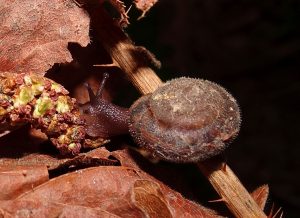 Vespericola columbianus (Pul.: Polygyridae) Ian Cooper
Vespericola columbianus (Pul.: Polygyridae) Ian Cooper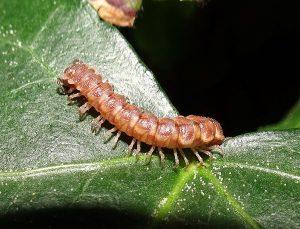 Flat millepede Scytonotus sp. (Diplopoda: Polydesmidae) Ian Cooper
Flat millepede Scytonotus sp. (Diplopoda: Polydesmidae) Ian Cooper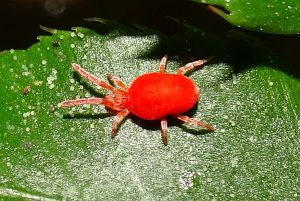 Velvet Mite (Acari: Trombidiidae) Ian Cooper
Velvet Mite (Acari: Trombidiidae) Ian Cooper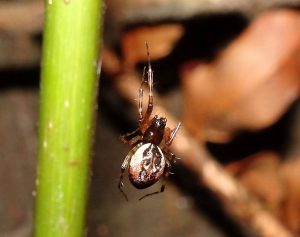 Female linyphiine spider (Ara.: Linyphiidae – Linyphiinae) Ian Cooper
Female linyphiine spider (Ara.: Linyphiidae – Linyphiinae) Ian Cooper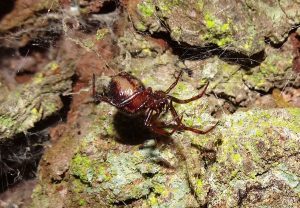 Steatoda sp. Possibly Steatoda bipunctata (Ara.: Theridiidae) Ian Cooper
Steatoda sp. Possibly Steatoda bipunctata (Ara.: Theridiidae) Ian Cooper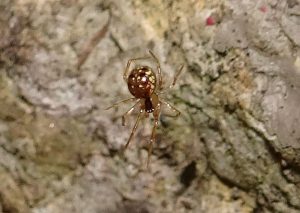 Rugathodes sexpunctatus (Ara.: Theridiidae) Ian Cooper
Rugathodes sexpunctatus (Ara.: Theridiidae) Ian Cooper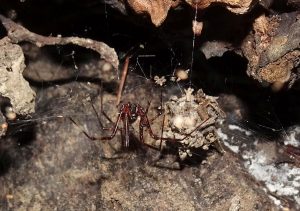 Female Pimoa altioculata (Ara: Pimoidae) guarding her egg sac. Ian Cooper
Female Pimoa altioculata (Ara: Pimoidae) guarding her egg sac. Ian Cooper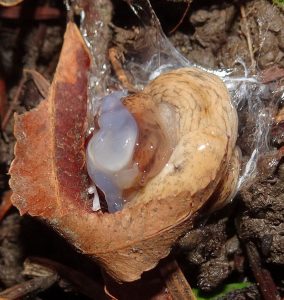 Two Grey Field Slugs in copula – Deroceras reticulatum (Pul.: Agriolimacidae)
Two Grey Field Slugs in copula – Deroceras reticulatum (Pul.: Agriolimacidae)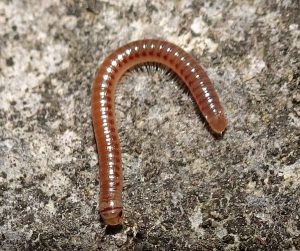 Millepede. Class Diplopoda. Order probably Julida
Millepede. Class Diplopoda. Order probably Julida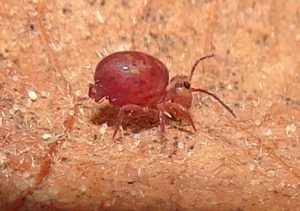 Globose springtail, Ptenothrix sp. (Coll.: Dicyrtomidae) Ian Cooper
Globose springtail, Ptenothrix sp. (Coll.: Dicyrtomidae) Ian Cooper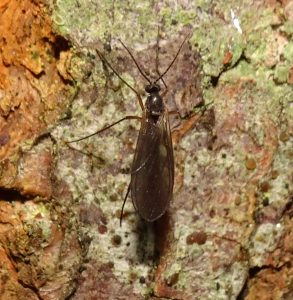 Diptera – Sciaridae Ian Cooper
Diptera – Sciaridae Ian Cooper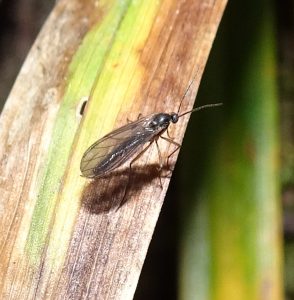 Diptera – Sciaridae Ian Cooper
Diptera – Sciaridae Ian Cooper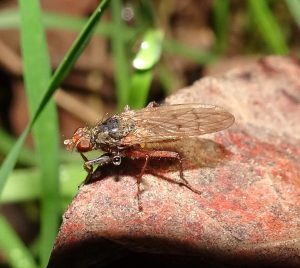 Diptera – probably Heleomyzidae Ian Cooper
Diptera – probably Heleomyzidae Ian Cooper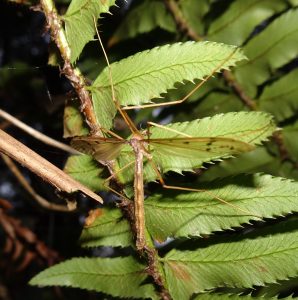 Diptera – Tipulidae Ian Cooper
Diptera – Tipulidae Ian Cooper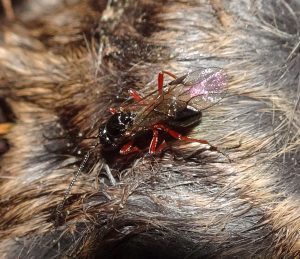 Hymenoptera Ian Cooper
Hymenoptera Ian Cooper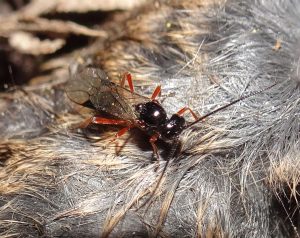 Hymenoptera Ian Cooper
Hymenoptera Ian Cooper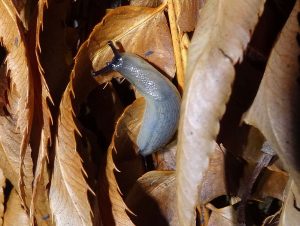 Arion sp. (Ara.: Arionidae) Ian Cooper
Arion sp. (Ara.: Arionidae) Ian Cooper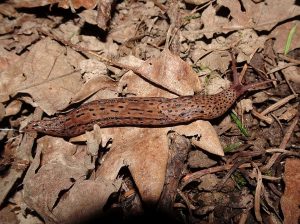 Limax maximus (Pul.: Limacidae) Ian Cooper
Limax maximus (Pul.: Limacidae) Ian Cooper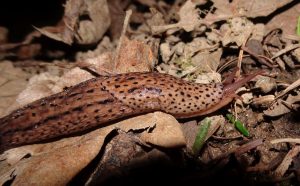 Limax maximus (Pul.: Limacidae) Ian Cooper
Limax maximus (Pul.: Limacidae) Ian Cooper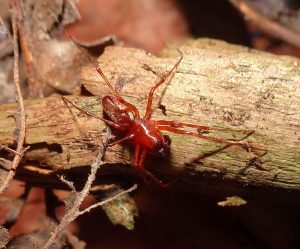 Male linyphiine spider (Ara.: Linyphiidae – Linyphiinae) Ian Cooper
Male linyphiine spider (Ara.: Linyphiidae – Linyphiinae) Ian Cooper